What are all-natural joint pain relief remedies? All-natural remedies come from nature’s herbs, spices, and plants.
These are not prescription drugs and are sold over the counter in health food stores, herbalist’s shops, also known as apothecaries, and vitamin supplement shops. You do need to be careful with some of the herbs and plants as too high a dose can cause medical problems. So if you decide you want to try all natural joint pain relief remedies and or supplements for joint pain, you should speak to your doctor and an herbalist to make sure of doses, as well as, if there are any side effects when combining them with any prescription medications you may be on. Also, make sure as to whether you can add heat or cold with any particular treatment such as essential oils without harm.
Natural pain relief remedies
Here are 11 natural pain relief remedies and supplements you can try to alleviate your pain and stiffness in the joints. The goal is to use fewer prescription anti-inflammatories and narcotic pain killers.
You should speak to your physician about natural remedies and how to use them along with the prescription drugs, and if he or she can recommend an herbalist that can help you make sure of the dosage you need to use of a particular herb, spice, or plant.
Natural Essential Oils such as Nutmeg oil like MegRelief can be massaged into a joint area to help relieve joint pain and joint stiffness due to inflammation. It will help promote circulation and lessen pain so that you can stretch and exercise the joint. Nutmeg spice such as McCormick Nutmeg can be used in foods to help add flavor. Most people use it in pumpkin pie, soups, and other dishes.
Boswellia
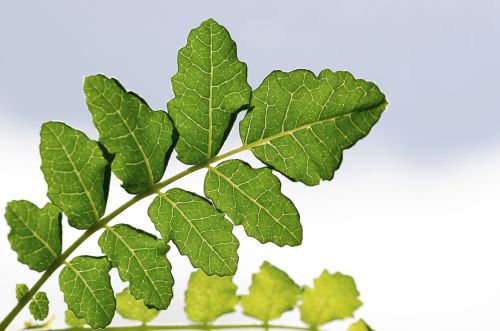
Boswellia (frankincense) is obtained from the gum of the Boswellia trees that grow in India. It comes in tablet or capsule form at most health food stores. It is thought that it blocks the leukotrienes that attack the healthy joints in people with autoimmune diseases like Rheumatoid arthritis. The NCCIH recognizes favorable evidence with Boswellia in studies with animals, but says that it lacks human trials.
Turmeric
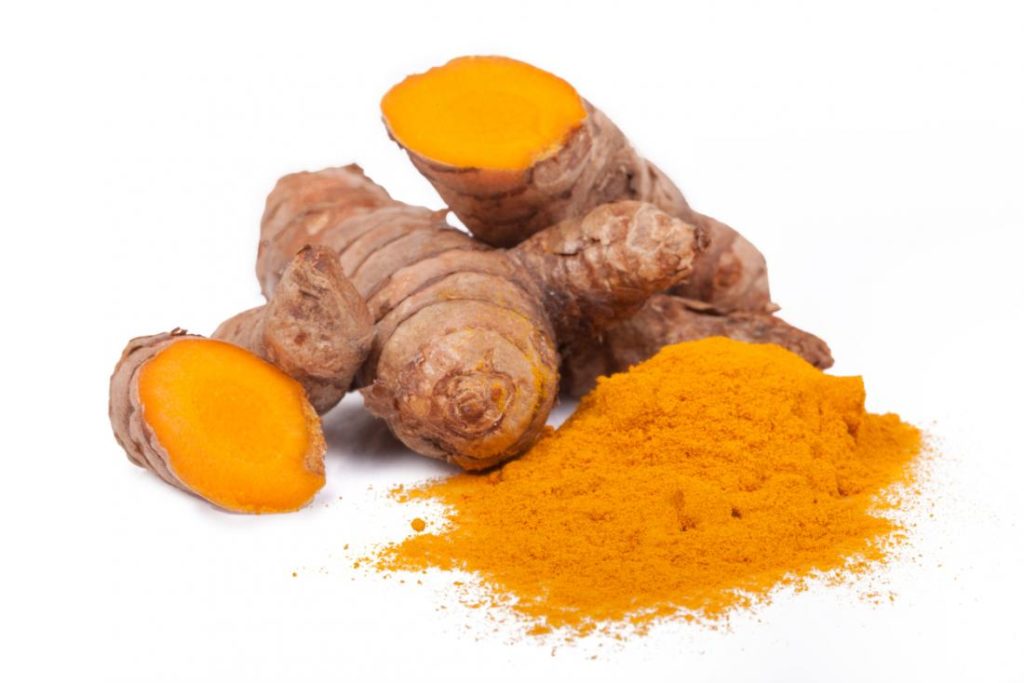
Turmeric is an herb used in cooking to make curry has anti-inflammatory properties; not everyone will have this particular herb in the cabinet. Studies have shown that it may slow the progression of Rheumatoid Arthritis in rats, but more studies need to be done. The NCCIH found turmeric may give the best results in combating joint pain when taken orally.
Ginger
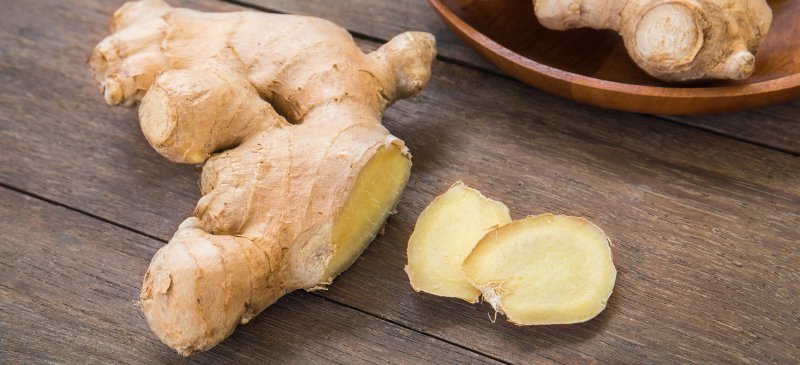
Ginger is a spice that most people will have in their cabinet for cooking and baking. It mimics the effects of over-the-counter medications by reducing the body’s pain-causing chemicals due to inflammation. Ginger can be eaten or drank as a tea. To make ginger tea, simmer a few slices of ginger in a couple cups of water.
Eucalyptus
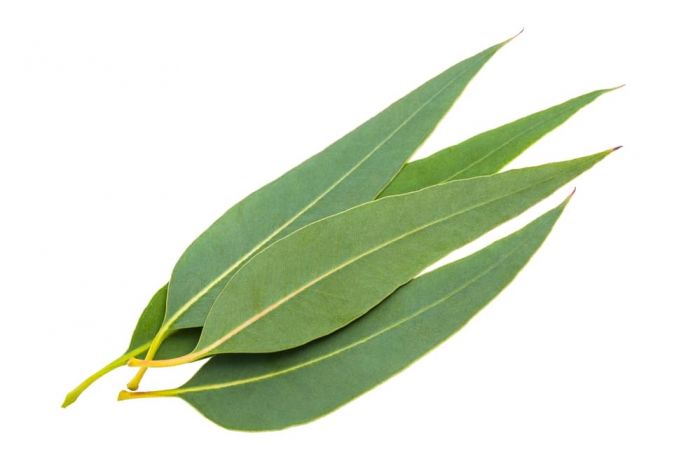
Eucalyptus
Eucalyptus is used in both oral and topical medicines-topical is used for arthritis. It contains tannins, which may be helpful in reducing swelling and the pain arthritis causes. You can also add heat while using it for maximum benefit.
Healthline has a good article discussing this in this article.
Green Tea
Green Tea can be drunk to reduce inflammation in the body. It is sold in most supermarkets and tea shops around the world.
Chamomile tea
Chamomile tea is an anti-inflammatory that may help with joint pain relief. To use, brew a strong mixture using four chamomile tea bags in a cup or so of hot water. Soak covered for 20 minutes, then wring and remove the bags. Soak a clean cloth in the cooling tea and apply to achy joints. Chamomile is also a soothing drink if you are stressed or restless. It can help promote sleep. Some studies show it can lower blood sugar in people with diabetes.
Capsaicin
Capsaicin is found in chili peppers; it is what makes them hot. It works by reducing levels of a compound known as substance P. Substance P is what sends pain signals to your brain. You can make up your own massage oil by mixing a few pinches of ground cayenne into 2-3 teaspoons of vegetable or olive oil. Rub in to areas that have joint pain several times a day using gauze or a cotton ball. Be warned-the first few times of use may cause a mild stinging feeling on the surface of your skin. That should stop after a week or so. Just make sure not to get it in your mouth, eyes, and nasal membranes, it will really sting these areas. Capsaicin cream can be bought at most pharmacies and grocery stores that have a first aid aisle.
Hot and cold therapy
Hot and cold therapy Hot and cold packs come in various forms including clay, rice, and gel. Cold helps reduce inflammation and swelling while heat relaxes muscles and promotes blood flow. You can make your own hot pack by taking a sock and putting rice in it and then sewing it shut. Heat in the microwave for one to two minutes and flip it over halfway through. Depending on your microwave, one minute may be enough. Place the heating pack in a pillow case prior to applying it to your skin to prevent burning. For heat therapy, you can also soak in an Epsom salt bath.
Acupuncture
Acupuncture must be done correctly with clean needles so you should ask your rheumatologist or physician for a professional practitioner of acupuncture. Studies show that it reduces levels of chemicals in your body linked to inflammation. The practitioner places very fine needles to promote energy along pathways in your body called meridians. The goal is to balance the energy or Qi.
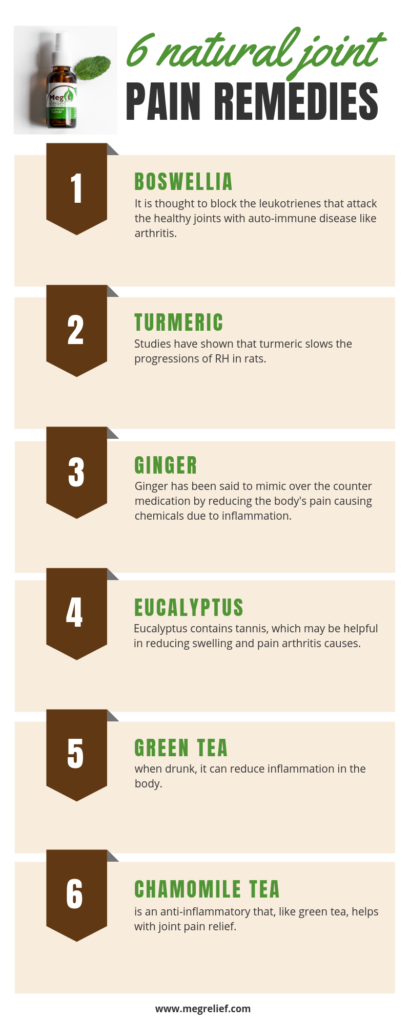
Magnet therapy
Magnet therapy comes in a variety of forms-bracelets, necklaces, rings, inserts, pads, or disks. These can be found in most health food stores. Doctors are not sure why they work, but they have been shown to improve joint pain better than a placebo for people with knee and hip pain.
Now to be honest, I am a sceptic of this one. Unlike all of the others before, I do not know of anyone who has personally tried and could attest to this one. Sorry for being the Debbie Downer on this, but I promise to be honest about everything, lol.
These remedies are not meant to be medical advice-do speak to your physician first.
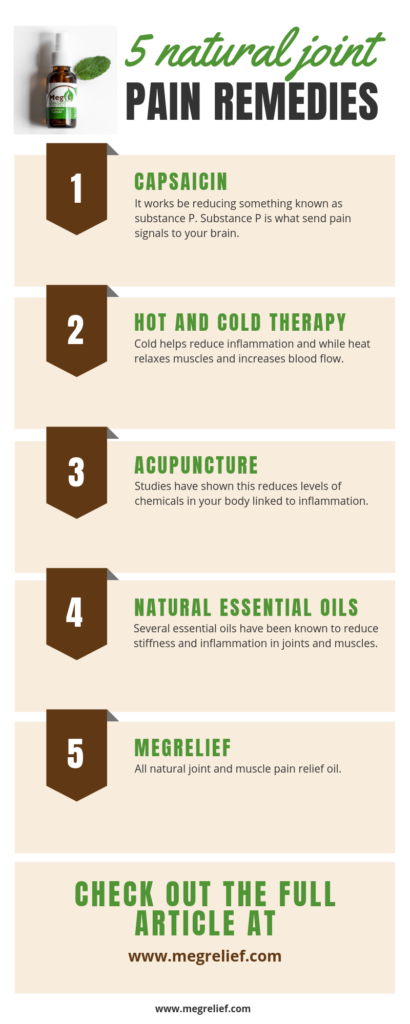
Natural essential oils
Natural Essential Oils such as Nutmeg oil like Meg Relief can be massaged into a joint area to help relieve joint pain and joint stiffness due to inflammation. It will help promote circulation and lessen pain so that you can stretch and exercise the joint. Nutmeg spice such as McCormick Nutmeg can be used in foods to help add flavor. Most people use it in pumpkin pie, soups, and other dishes.
What are all-natural joint pain relief remedies? All-natural remedies come from nature’s herbs, spices, plants, magnets, and Chinese remedies such as acupuncture.
Essential oils like MegRelief can also provide all-natural pain relief. Other essential oils for pain relief include orange, lavender, rosemary, peppermint, ginger, and clove.
Essential oils are massaged on the area to promote circulation and reduce swelling and inflammation. You do not have to deal with needles.
With essential oils and all treatments for joint pain from all forms of arthritis, it is important to exercise and watch your diet. Eating good foods and staying away from foods that irritate your arthritis will help reduce inflammation so that you can move better without relying on prescription anti-inflammatories and opioid pain killers as much.
We can’t wait to hear back from you telling us which one of these joint pain relief remedies worked for you!







